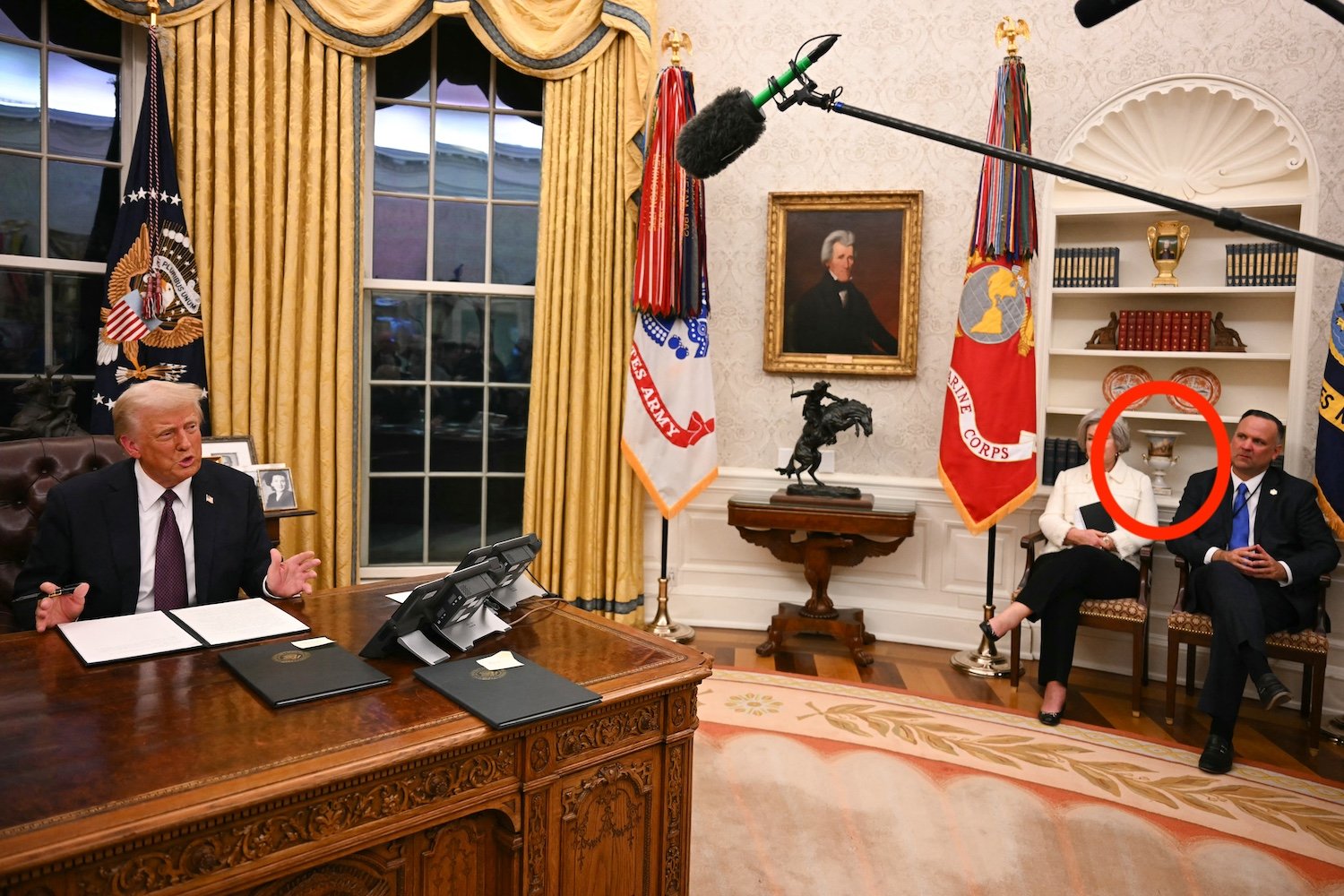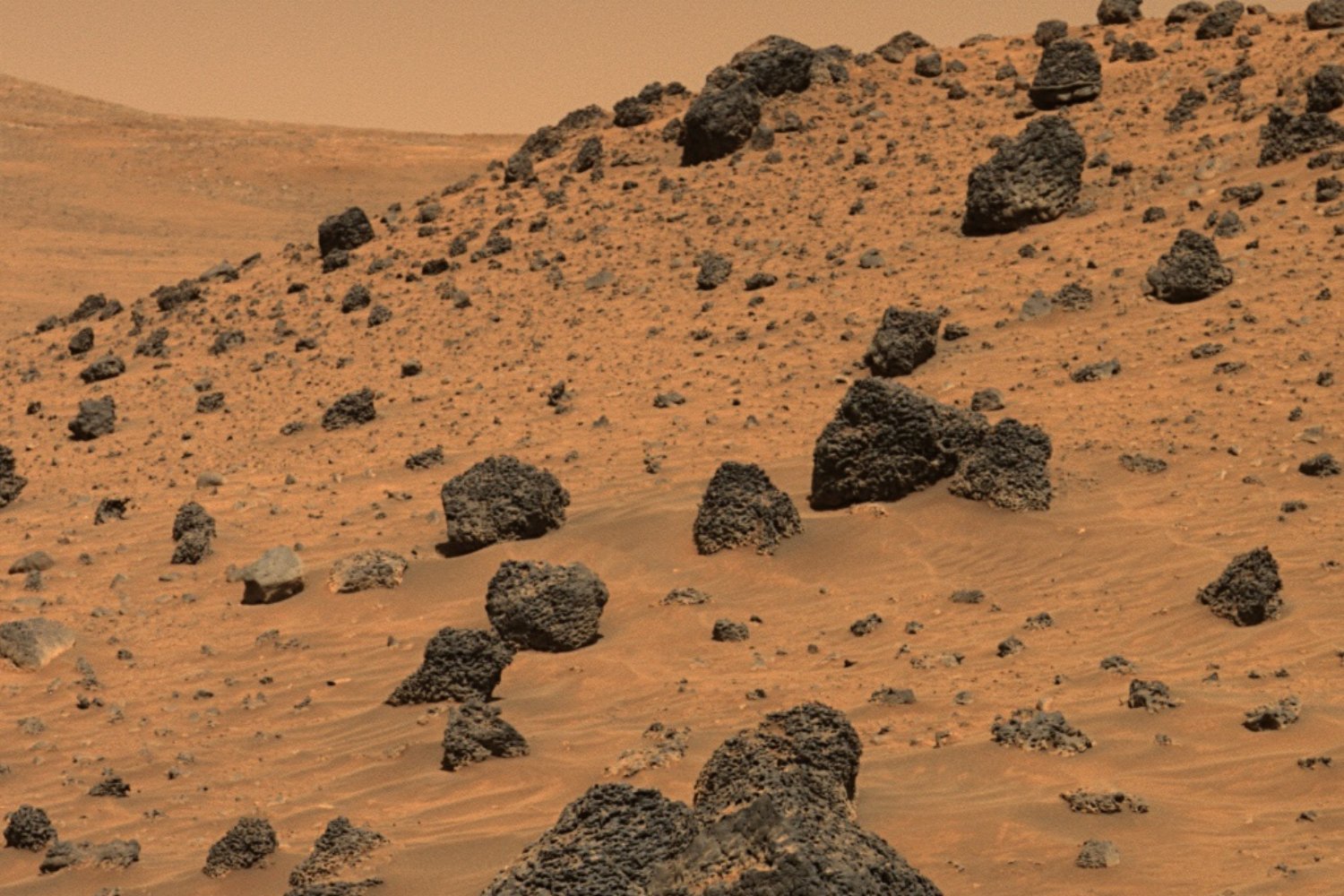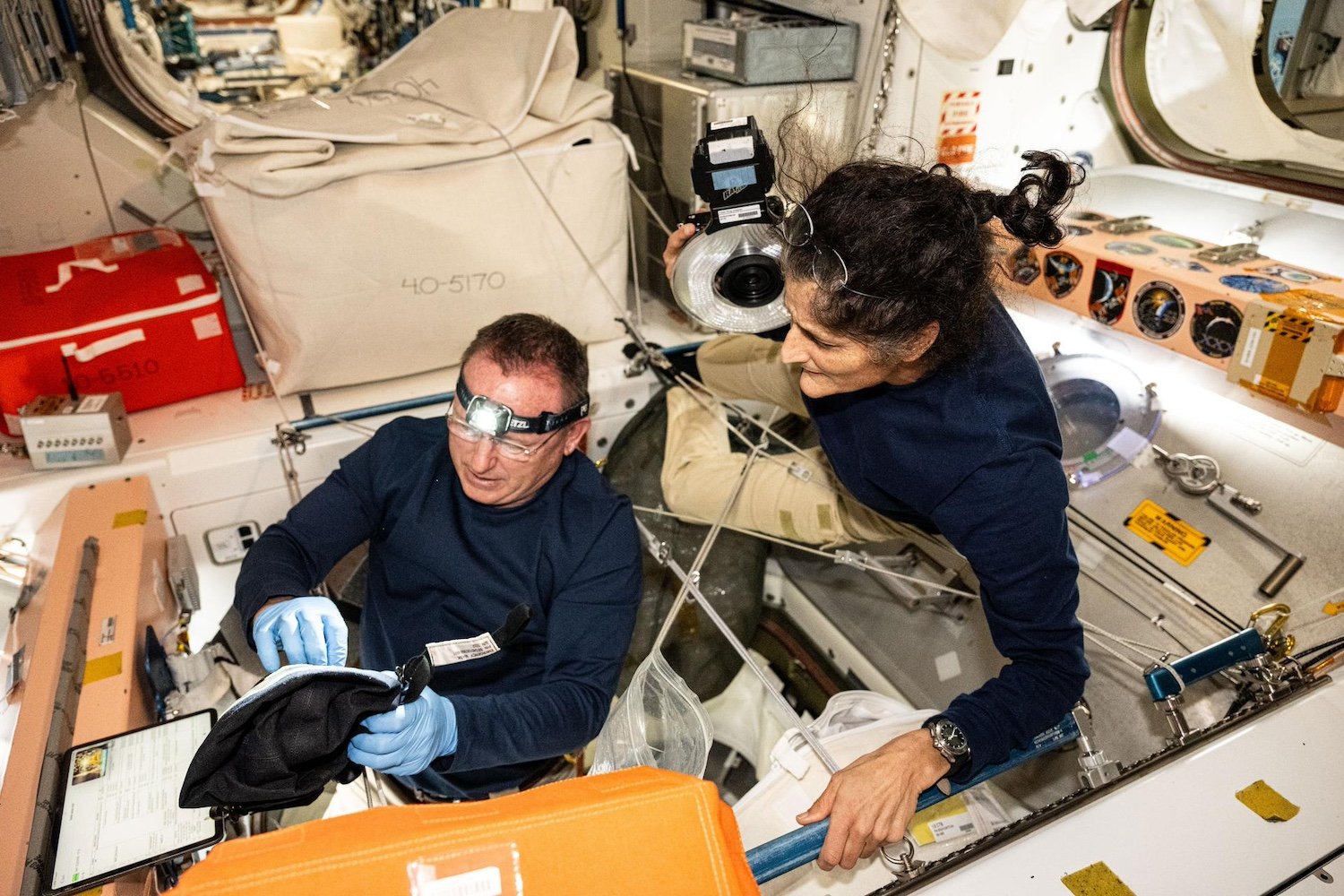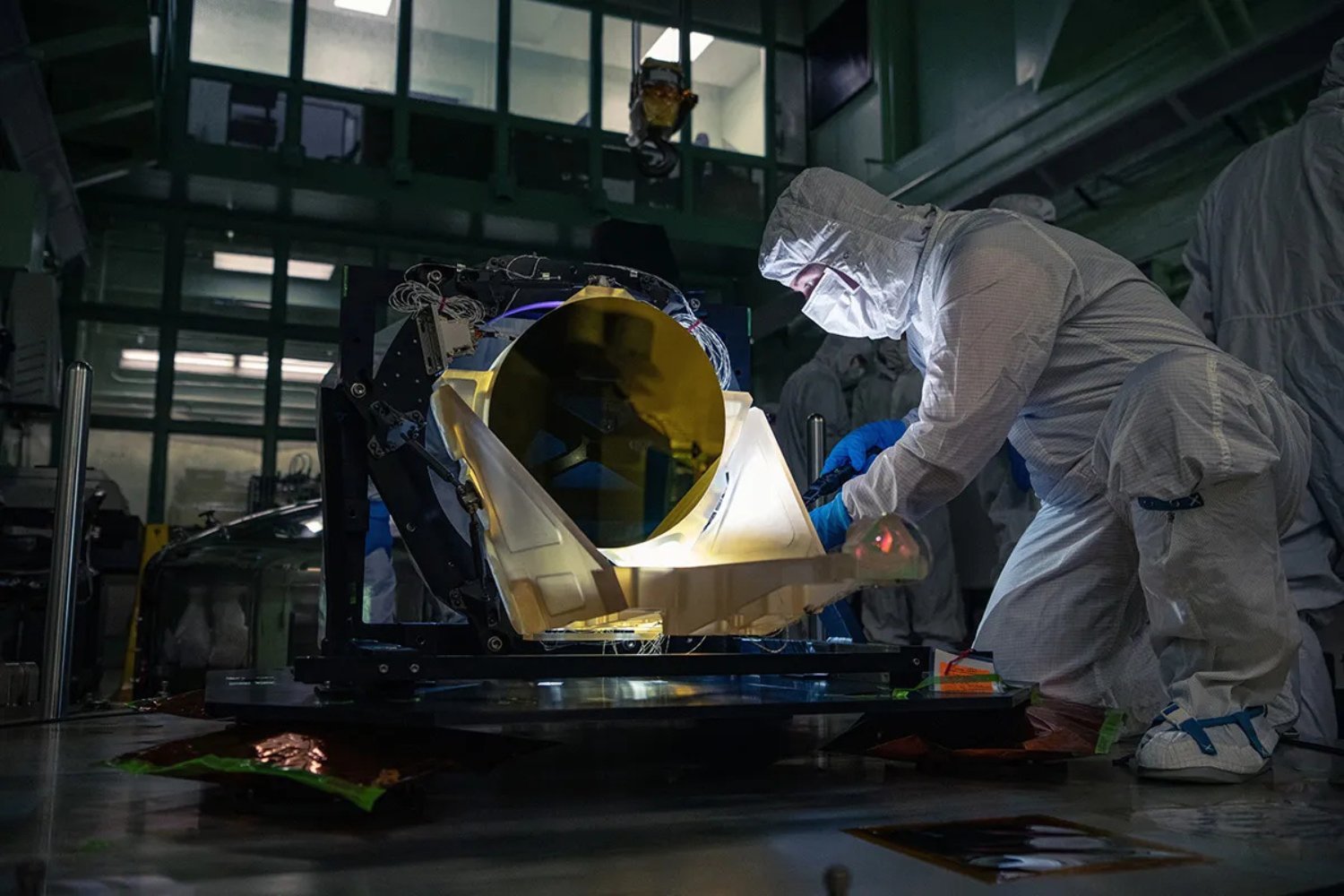The Apollo 17 Moon rock, a symbol of America’s lunar ambitions, was recently removed from the Oval Office following Donald Trump’s return to the presidency. Displayed prominently during the Biden administration, the rock’s removal coincides with a broader redesign of the Oval Office and raises questions about the current administration’s space exploration priorities.
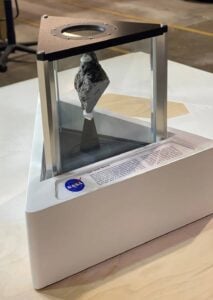 Oval Office Moon Rock 2021The Apollo 17 Moon rock, collected near the North Massif, was displayed in the Oval Office during the Biden administration. Credit: NASA
Oval Office Moon Rock 2021The Apollo 17 Moon rock, collected near the North Massif, was displayed in the Oval Office during the Biden administration. Credit: NASA
The lunar sample, weighing 332 grams, was collected by the Apollo 17 astronauts—the last humans to walk on the Moon—and had been on loan to the White House since 2021. It represents a tangible piece of lunar history, chipped from a large boulder estimated to be 3.9 billion years old, formed during a significant impact event on the Moon’s nearside.
A Shift in Focus: From Moon to Mars?
Trump’s decision to remove the Moon rock comes as he reasserts his vision of prioritizing a Mars mission. His inaugural address notably omitted mention of the Moon, instead emphasizing the ambition to “plant the Stars and Stripes on the planet Mars.” This apparent shift in focus contrasts with NASA’s ongoing “Moon-to-Mars” strategy, which views lunar exploration as a crucial stepping stone towards a future Mars landing.
NASA’s Lunar Sample Returns to Houston
Following its four-year stay in the White House, the Moon rock has been returned to NASA’s Lunar Sample Laboratory Facility at the Johnson Space Center in Houston. While the removal coincides with Trump’s Oval Office redesign, which also saw the return of a Winston Churchill bust and military service flags previously removed by President Biden, the precise reason for the rock’s removal remains unclear.
Conflicting Visions for Space Exploration
The Trump administration’s space policy appears to favor a more direct approach to Mars exploration, potentially influenced by figures like SpaceX founder Elon Musk, a known advocate for bypassing lunar missions in favor of a direct Mars landing. This preference for commercial space ventures is further underscored by the appointment of private astronaut Jared Isaacman as NASA administrator.
 Apollo 17 CrewApollo 17 astronauts Ronald Evans, Harrison Schmitt, and Eugene Cernan. Credit: NASA
Apollo 17 CrewApollo 17 astronauts Ronald Evans, Harrison Schmitt, and Eugene Cernan. Credit: NASA
A Symbolic Removal?
The removal of the Moon rock could be interpreted as symbolic of the administration’s Mars-centric approach, prioritizing the Red Planet over a return to the Moon. While the rock’s journey back to Houston is insignificant compared to its initial voyage from the Moon to Earth, the broader debate revolves around the future of lunar exploration and its role in humanity’s journey to Mars.
Unanswered Questions and Future Directions
The White House has not offered further clarification regarding the Moon rock’s removal. The future of NASA’s Moon-to-Mars program remains a key question, especially in light of the administration’s seemingly divergent priorities. The debate highlights the ongoing tension between different visions for space exploration, with the Moon’s role as a critical stepping stone potentially being reevaluated.



